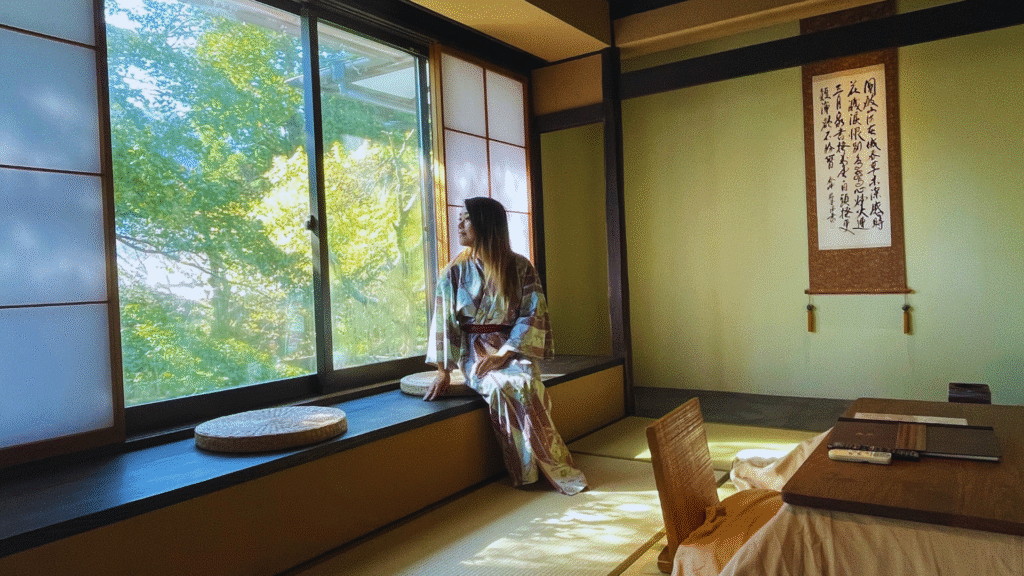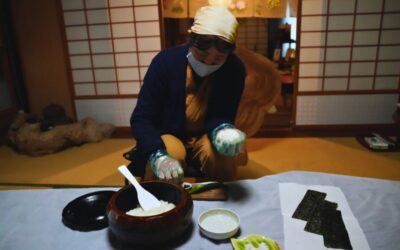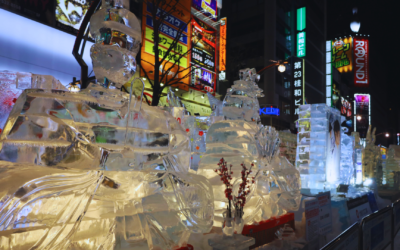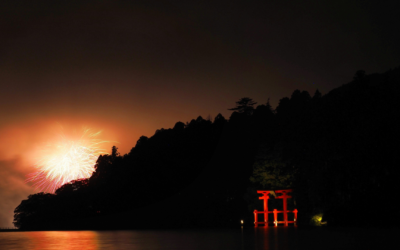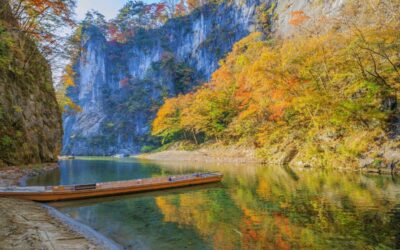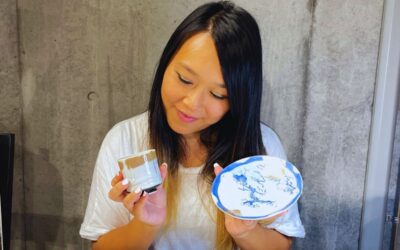When beginning to plan your dream Japan trip, one question is bound to come up sooner or later: What is a ryokan? From forums to word of mouth, any who has had the pleasure of experiencing a ryokan stay is likely recommending them to you…but what is a ryokan, and how can you actually book one?
As a boutique travel agency, we know a thing or two about these stunning traditional Japanese inns. Keep reading to learn the complete answer to the question ‘what is a ryokan’, including ryokan etiquette, history, and what to expect when staying at one.
What is a Ryokan?
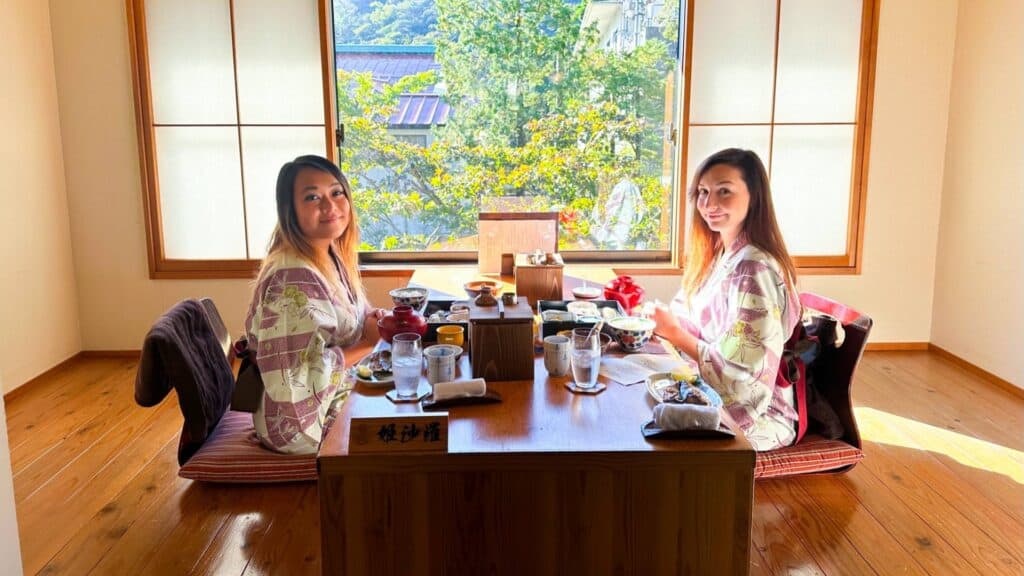
A ryokan is a traditional style of accommodation in Japan. They can be thought of as a hotel-guesthouse-onsen hybrid, with a focus on the historic Japanese mode of hospitality and customs. Ryokan can be as small as just four guest rooms or large enough for hundreds of guests, with near impeccable service no matter the size.
When staying in a ryokan, you can expect traditional tatami flooring, sleeping on futons instead of beds, and yukata (similar to a kimono but more lightweight and casual) to wear throughout your stay. It is also customary for ryokan to serve guests a kaiseki dinner (a multi-course meal featuring local, seasonal dishes) as part of their stay.
Many ryokan will also be home to their own onsen (natural hot springs bath). Guests can wear their yukata to the baths before slipping into total relaxation during a long soak in the mineral-rich hot water.
Traditional vs Modern Ryokan

Credit: Photo from Enjoy Fukui
When exploring the answer to what is a ryokan, it’s important to understand that not all ryokan are the same. By legal definition, all ryokan have to demonstrate more traditional Japanese customs than Western ones. However, that doesn’t mean that more modern options don’t exist.
Traditional ryokan are known for preserving the authentic charm of old Japan. The name literally translates to traveller’s lodging, with the original ryokan acting as a simple place for monks to eat and sleep while crossing the country on foot…although staying in a traditional ryokan today usually comes with a tinge of luxury.
Many traditional ryokan have been around for generations and are often tucked away in peaceful onsen towns or mountain villages. These places are usually quiet and serene, with little to no modern distractions (think no TV and even limited Wi-Fi on occasion), and a big focus on ryokan etiquette. It’s a full-on cultural experience, perfect if you want to disconnect and dive into traditional Japanese life.
In contrast, modern ryokan blend traditional aesthetics with contemporary comforts. While you may still sleep on a futon and be served Japanese cuisine, modern ryokan often have the option for Western-style beds, private bathrooms, and even in-room hot spring baths. Modern ryokan are typically found closer to big cities, and are often considered a more foreigner-friendly option for tourists and non-Japanese speakers.
Luxury Ryokan
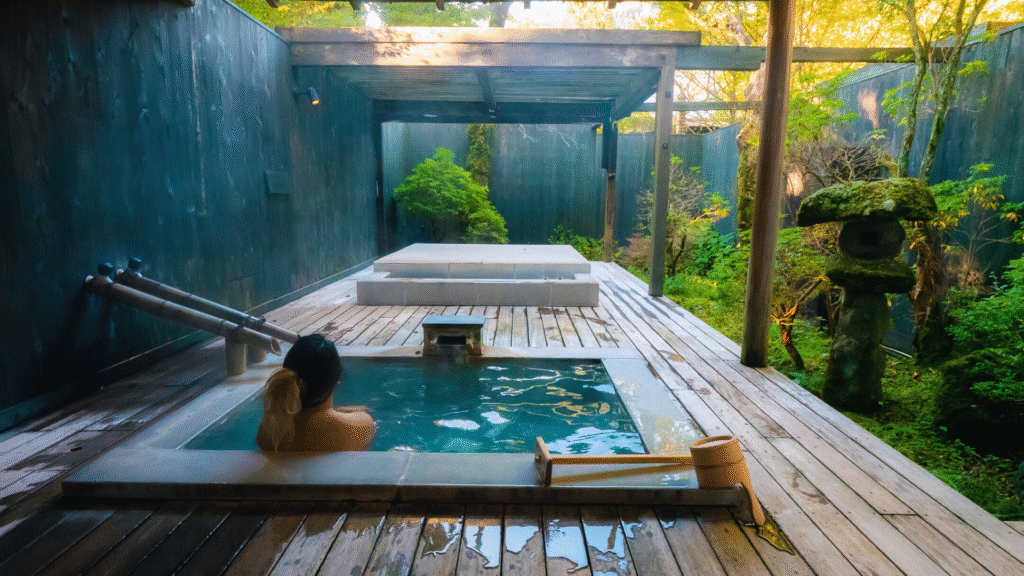
If you’re looking to splurge, a luxury ryokan takes the traditional experience to the next level. Expect beautifully designed suites with private open-air onsen baths, personalised service, and gourmet meals made from premium Japanese ingredients. A stay at a luxury ryokan can be priced anywhere upwards of $1000/person/night, although we recommend chatting to one of our travel planning experts to help design your stay first
What is a Ryokan Experience Like?
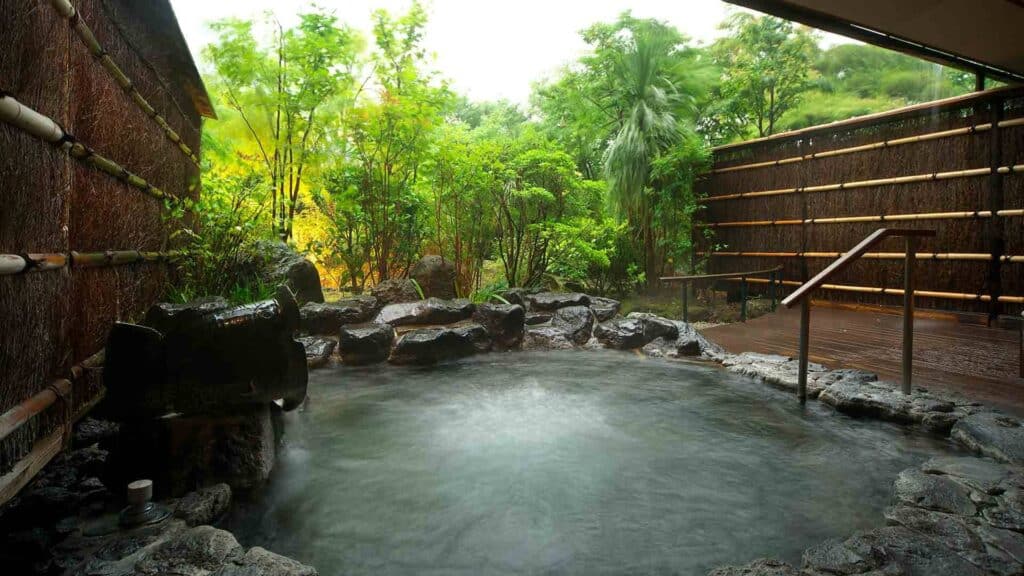
Credits: Hakone Ginyu
You might have gathered this from the above, but a ryokan stay is all about tranquillity and peace. From the moment you arrive, you’ll be welcomed by staff who are attentive without being intrusive, and then guided to your room where you can change into a yukata.
Most of your time is spent simply relaxing: sipping tea, gazing out at a garden, soaking in the onsen. There’s no rush or background noise, just a steady sense of peace (especially when the WiFi’s limited). Whilst you can come and go as you wish, a lot of guests prefer to remain at the ryokan throughout their stay to make the most of the experience.
For many guests, the highlight of a ryokan stay is the kaiseki dinner. The meal is traditionally served privately in your room, but commonly also takes place in a designated dining area. Each course is meticulously designed by the chef, often to highlight seasonal and local ingredients.
Ultimately, a ryokan stay is a quintessentially Japanese experience. It is a culmination of the country’s history, customs, and unmatched customer service standards, and something you can only really experience here in Japan.
How to Book a Ryokan
Booking a ryokan is a little different from reserving a standard hotel, but it’s totally doable and 100% worth it! Many ryokan still prefer direct bookings, so you might not always find them on the big English-speaking hotel platforms. Instead, you’ll probably need to book through their Japanese website, over the phone, or, easiest of all, using a Japanese travel agent like us.
Get in touch to let us know what type of Japan trip you’re looking for, and we can arrange all the details, including dietary preferences and special requests.
When booking directly with a ryokan, pay close attention to what’s included in the cost. It’s quite typical for ryokan to charge per person, not per room, as a lot of hospitality happens behind the scenes for each guest. The price usually also includes your meals and onsen access.
Planning your dream Japan trip? Start here!
What is Ryokan Etiquette?
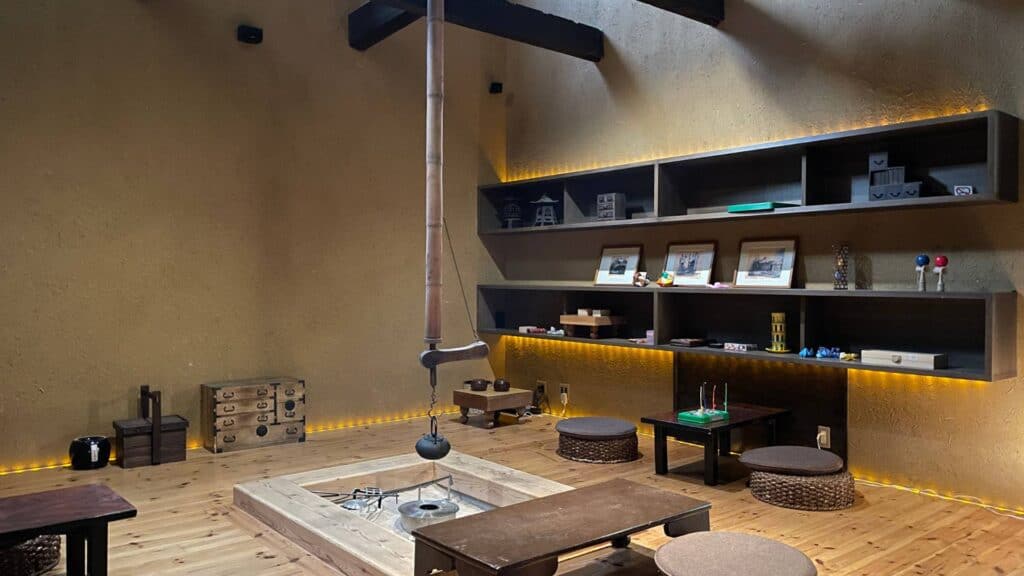
As ryokan offer a more traditional Japanese experience, a stay can be a little intimidating if you don’t know the expected ryokan etiquette. The good news is that staff are usually more than happy to explain things to you, and so long as you respect the other guests and calm ambience, then you should be fine.
That being said, there are a few pieces of ryokan etiquette that you should familiarise yourself with before your first stay.
Ryokan Etiquette to Know Before You Go
- Take off your shoes when entering: Most ryokan have a genkan (entryway) where you’ll be expected to take off your shoes and switch to indoor slippers.
- No slippers on the tatami: Whilst you can wear your indoor slippers throughout the ryokan, they should be taken off before stepping onto the tatami flooring as it can be very easily damaged.
- Be on time for meals: You’ll either be told what time meals are served or given a choice of time slots. Either way, make sure to be on time to show respect for the chefs and wait staff.
- Wear the yukata properly: You don’t have to wear the yukata to the baths or dining, but if you would like to, make sure to tie it properly by wrapping the right side around you first, then the left over the top, and tying at the waist.
- Be mindful of noise: Ryokan are designed to be a peaceful environment for everyone, so try to keep noise to a respectful level, even when in your room.
Want to learn Japanese onsen etiquette?
The Best Ryokan in Japan
There are 50,000+ ryokan across Japan, with each offering something a little different. From the ultimate luxury to bespoke rural stays, there’s a completely unique ryokan stay just waiting for you to find it. Here are a few of our favourites that we know you’ll love:
Hoshinoya Kyoto: Best for Ultimate Luxury
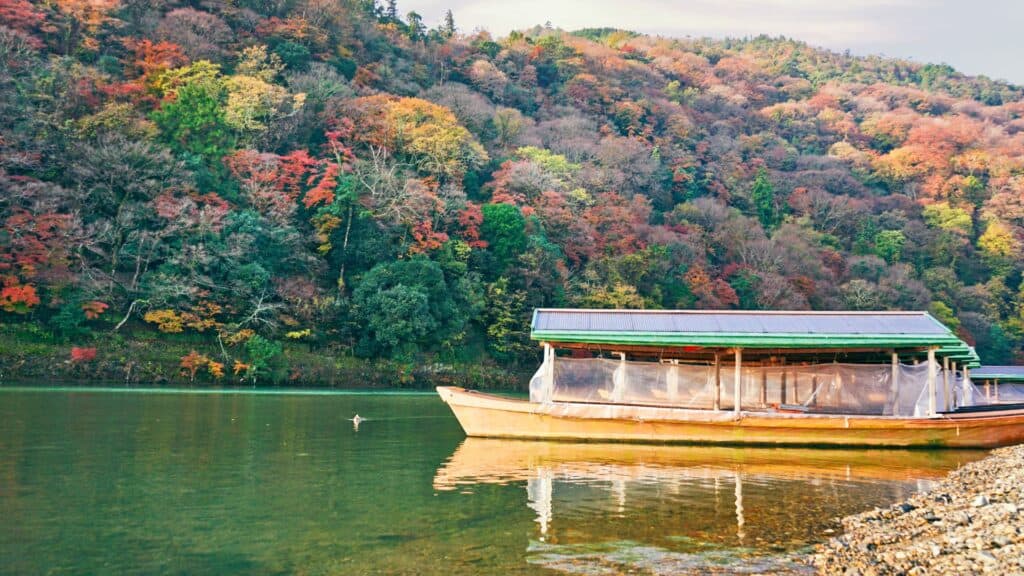
Comfort, beauty, and serenity like no other, Hoshinoya Kyoto is a 5-Star ryokan nestled next to Arashiyama in west Kyoto. A mix of mystical bamboo forest and enchanting riverside rooms, the property can only be reached by a 10-minute boat ride along the Katsura River.
Address: 11-2 Arashiyama Genrokuzancho, Nishikyo Ward, Kyoto, 616-0007
Gen Hakone Gora: Best Luxury Modern Ryokan
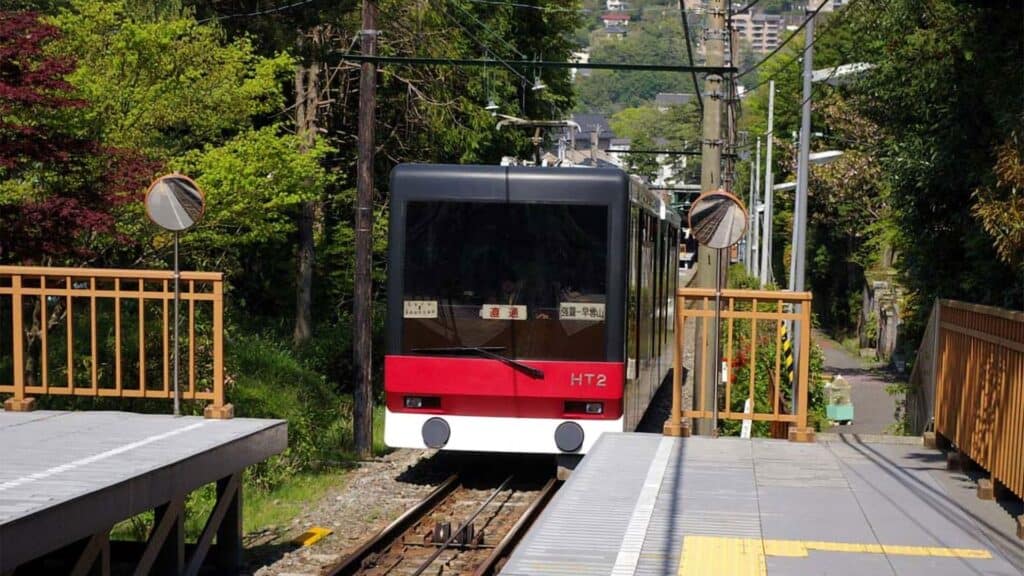
Traditional luxury meets contemporary design at this beautiful ryokan in Hakone. You’ll experience a private onsen, personal in-room kaiseki masterpieces, and breathtaking views of mountains and rivers.
Address: 1300-238 Gora, Hakone, Ashigarashimo District, Kanagawa 250-0408
Matsuzakaya Honten: Best for Historic Beauty
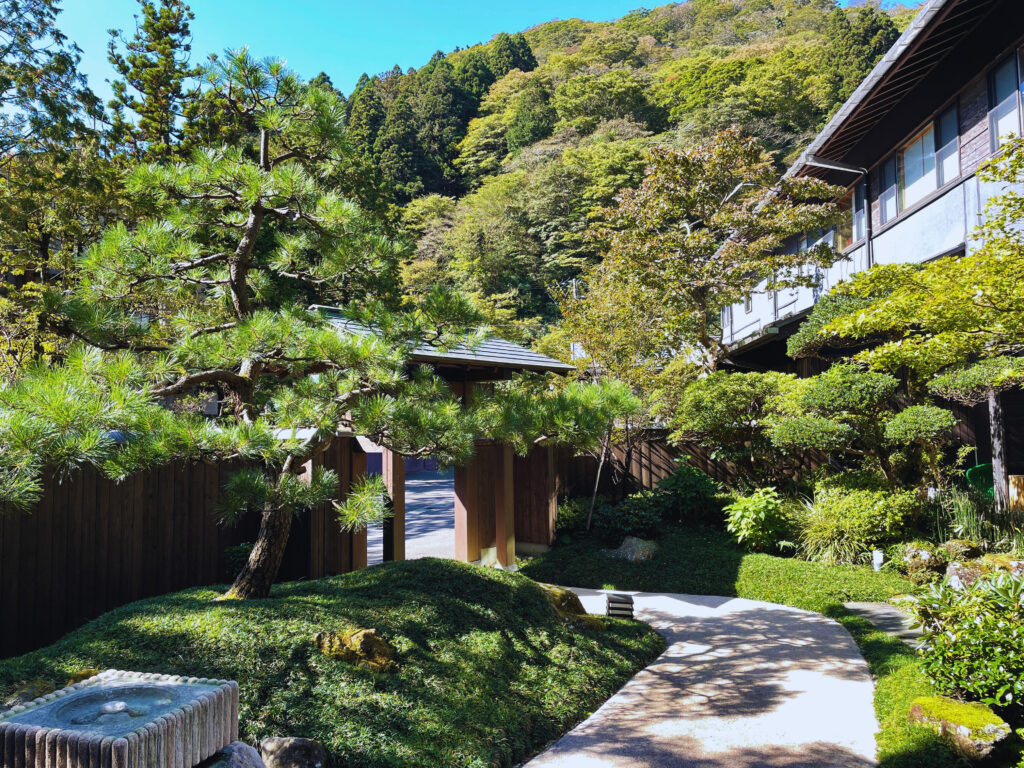
Matsuzakaya Honten is a stunning ryokan with 300+ years of history. First established in 1662 at the base of Mount Hakone, a stay here brings the tranquillity of historic Japan, babbling onsen with continuing flowing water, and exceptional regional speciality cuisine.
Address: 57 Ashinoyu, Hakone, Ashigarashimo District, Kanagawa 250-0523
Kuronagi Onsen Ryokan: Best Bespoke Rural Stay

For a truly special experience, make your way out to the mountains of Toyama, ride the scenic train through Kurobe Gorge, and wander through the lush forest trails to the secluded Kuronagi Onsen Ryokan.
Address: Kuronai, Unazuki Town, Kurobe, Toyama, 938-0282
To find your perfect ryokan and create the ultimate travel itinerary, why not leave it to our Japan experts and book a free consultation call below?
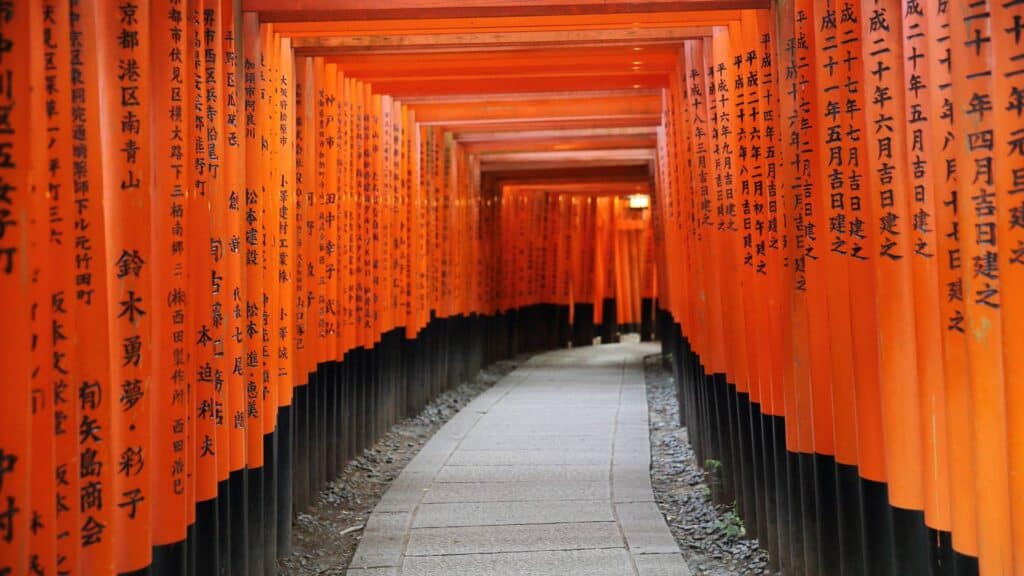
🎌 Hooked on Japanese culture?
Experience it in real life!
From vibrant cityscapes to serene temples, let us plan your ultimate Japan adventure.
📅 Start Planning Today!
FAQs
So… What is a ryokan?
A ryokan is a type of Japanese vacation accommodation with traditional customs, historic importance, and exceptionally attentive staff. They’re usually recognisable by the tatami-style flooring, kaiseki dining, and on-property onsen for total relaxation.
How do you pronounce ryokan?
Ryokan is a combination of two different kanji, 旅 ‘ryo’, which means travel, and 館 ‘kan’, which means a hall/house. Together they mean ‘traveller’s lodge’ and are pronounced rio (like the city) and kan (like a tin can). Rio-kan.
Are ryokan expensive?
This depends on the particular ryokan, but in general, they can be on the more expensive side. This is because with a ryokan stay, you’re getting a lot more than just a bed — the price may also include dinner, breakfast, onsen access, and an exceptionally high level of service.
Do you tip at a ryokan?
Japan does not have a tipping culture, and this includes at ryokan. That means you don’t have to worry about leaving tips for any of the staff (no matter how wonderful they might be).
What do you wear in a ryokan?
You can wear more or less whatever you want at a ryokan, so long as it isn’t particularly revealing or crude. Many will give guests yukata to wear if they want to, but don’t worry, wearing your own clothes isn’t considered rude.
How long do you stay at a ryokan?
As long as you want! Although many people find just one or two nights is enough to fully experience the culturally unique stay.
Where to stay in a ryokan in Japan?
Ryokan can be found up and down Japan, however, there are some areas particularly famous for having them, such as the onsen towns of Hakone and Beppu.

